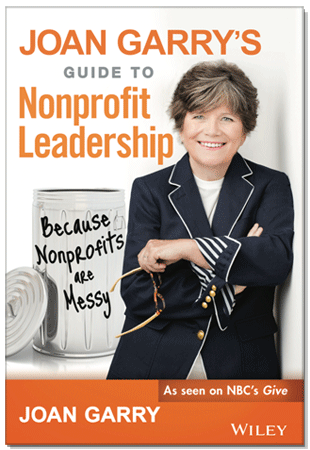Nonprofits need to get serious about employee retention. That’s the takeaway message from an important recent study by Nonprofit HR.
The 2019 Talent Retention Practices Survey chronicles staff retention strategies and practices in over 350 organizations from across the US (and some from Canada). Respondents were evenly distributed across the spectrum from small employers (fewer than 10 employees) to large (more than 500 employees), and across budget sizes, from less than $1 million to more than $40 million.
The report is one of the first (if not the first) to identify and quantify the challenges around employee retention in nonprofits.








